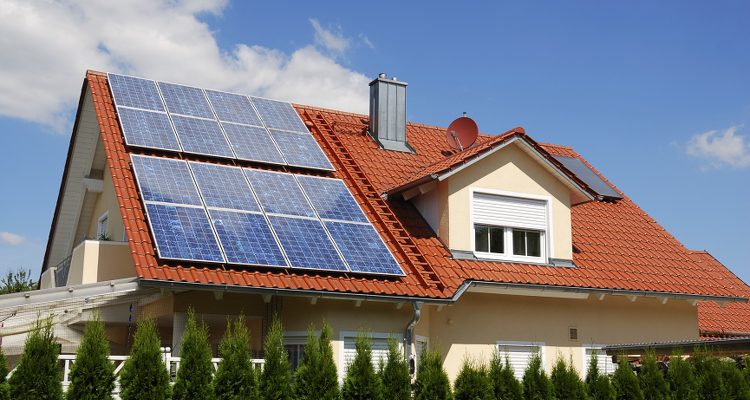Global energy storage capacity to double in 2016
Energy storage will play a big part in the energy transition: A report by IHS Markit finds that global grid-connected storage capacity will surge to 21 GWh by 2025.
Over the last 18 months, energy storage systems have seen a price decline of over 40 percent. Low costs for solar batteries and PV accumulators have made this technology popular. Also, it is highly relevant for the energy transition. According to a report by IHS Markit, global energy storage capacity will double in 2016. IHS researchers expect the global energy storage market to grow, from 1.4 GWh added in 2015 to 2.9 GWh this year. By 2025, it may even surge to 21 GWh. This could offer unique growth prospects for many energy companies.
Over the next decade, IHS Markit establishes Lithium-ion (Li-ion) batteries as the mainstream energy-storage technology. They reckon that more than 80 percent of storage installations will include the Li-ion by 2025. Again falling prices further this development as lithium batteries will meet the costs of lead storage next year.
Growing energy storage markets
“Energy storage is set to grow as fast as solar photovoltaic energy has in recent years”, Marianne Boust, principal analyst of IHS Markit, predicted. It will “spark strong interest from a wide range of players (…) underscored by recent mergers and acquisitions among car manufacturers, major oil and gas companies, and conventional power suppliers.” The world’s largest markets in energy storage will be the United States and Japan. IHS Markit expects energy storage penetration in Australia and Japan to exceed 5% of installed power capacity in 2025. This highlights the growing role storage will play in grid stability, renewable integration and energy management.
“The United States and Japan are leading the way, but we’re also seeing activity in South Africa, Kenya, the Phillippines and other countries, as the cost of batteries continues to decline”, Boust said.
Half of all energy storage installed in homes and businesses
Half of all energy storage installations will occur behind the meter, the report states. This means the storage installations in homes and businesses, driven by self-consumption and reservation needs. As solar panels on business and home rooftops multiply, America’s power grid is struggling with an electrical problem that it was never designed to handle: bidirectional power transfer. The idea of bidirectional power transfer is that the utility still sends power to the customer. But the customer can also send surplus solar power back to the utility. “There’s no grid system in the world designed for that,” Anise Dehamna, principal research analyst at Navigant Research said. “Every grid has been designed for unidirectional flow of energy — from transmission to distribution to the end user.”
Sources:
Image:
Shutterstock





